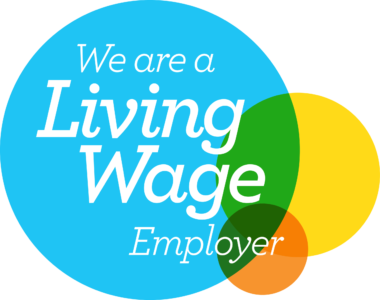As a social housing landlord, you should have clarity on the current rent standard and the exact amount your tenants should pay to live in your property.
Social housing landlords must comply with the Government’s rent standard, which outlines what procedures they must follow when charging rent to their tenants. You must understand the rent standard and check that you are following the procedures, and your tenants are paying what they should.
What is the rent standard?
The rent standard refers to rules set by the Regulator of Social Housing in England that govern how social landlords set and increase rents for social housing properties. It ensures that rents are affordable and aligned with government policy. The standard applies to most social housing, but there are exceptions for properties let on affordable rents or to high-income tenants.
The rent standard does not apply to properties including specialised supported housing, relevant local authority accommodation, student accommodation, PFI social housing, temporary accommodation and care homes.
As a registered provider, you must comply with the full requirements and expectations set out in the rent standard. In addition to this, you must comply with all requirements and legislation included in the rent standard policy when setting rent, increasing or decreasing rent, and the service charges that may apply.
The type of social housing property your tenant is living in, as well as their earnings, will affect the rent charges, as well as when you can increase or decrease rates.
There is a lot for social housing landlords to take on board, so it’s important you understand the rent standard in place. It is lengthy and can be confusing, so you should seek legal advice if you are unsure.
Have any changes been made that affect what tenants pay?
There have been changes to the limit on annual rent increases which came into effect in April. The regulator body meets and each September, the annual Consumer Price Index (CPI) figure is calculated and set.
This figure is then used to establish the limit on annual rent increases for social housing properties. This means you need to check your rent charges and ensure you’re charging your tenants the correct amount.
For example, during the year 2023/24, a social housing property home or bedsit containing one bedroom was capped at £173.79, but for 2025/26, that cap has increased to £194.06.
There has been a steady increase in figures, and you should ensure you’re charging your tenants the correct amounts in line with the legislation in place. It is wise to check rent payments from them to ensure they are paying what they should.
Unsure about the rent standards and your tenants’ rent?
As the rent cap changes annually and the rent standard is monitored, it is important that you understand these changes and know exactly what rent changes and charges you can apply to your tenants.
Before making any changes to your rent charges, you should speak with legal experts who can advise you on this and other social housing matters.
They can provide tailored support, help you assess your properties and educate you on what your rent charging caps are and if you can increase or decrease your charges.
The content of this article is for general information only. It is not, and should not be taken as, legal advice. If you require any further information in relation to this article please contact the author in the first instance. Law covered as at August 2025.









